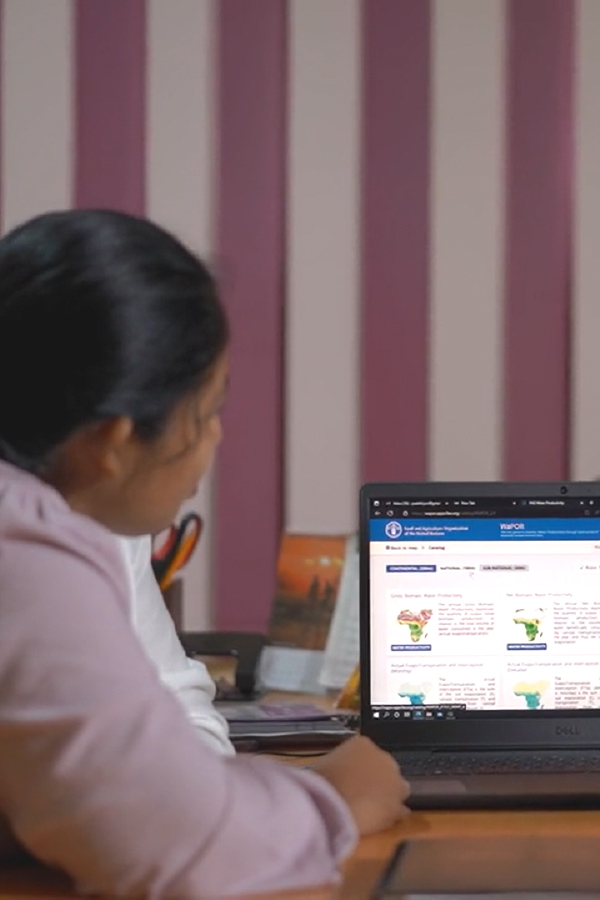
Ramani Perera is a paddy farmer in the Malwathu Oya river basin, a lush area in North Central Sri Lanka full of rivers, lakes and reservoirs.
Locally known as “tanks”, these reservoirs are an important resource for farmers, who access the water via small canals.
As green as the area looks, water is still a major concern here. Rice farming requires a lot of it, and water resources haven’t always been managed well, says Ramini, so they would often run out.
“Farmers used to use a lot of water,” she recalls. Many thought more water meant better yields, but in meetings with local irrigation engineers, they learned the opposite was true.
“If more water gets stagnant in the paddy field, the water would turn muddy. And the manure would also be in danger of getting washed away,” Ramini explains.
Besides poor water management, climate change is a major issue and many locals would simply stop farming for lack of rain, she says.
That has changed, she says, thanks to irrigation engineers like Shamani Ilangasinghe, who’ve worked with her community to improve their water management.
Shamani, who works for the Nachchaduwa Irrigation office, uses tools like FAO’s WaPOR to get near-real-time water data for the area, plus data going back 30 years.
“The database contains data such as evaporation, evapotranspiration and land use maps,” Shamani explains. “With that we can make plans for the next season.”
Evapotranspiration tells her how much water a plant uses in its growing cycle. That then allows her to estimate water needs and availability and to identify opportunities to use less.
One change she implemented together with the local farmers is staggering their growing seasons.
“Earlier, we would cultivate the entire season at once,” Shamani explains. “Now, if we grow additional food crops, we grow them a little later. [And] we provide water.”
“Because of that, we have good water productivity from that land," according to the engineer.
“With their advice, we can farm by using the water carefully,” Ramini says about their improvements. “The farmers’ awareness increased. And the harvest increased too.”